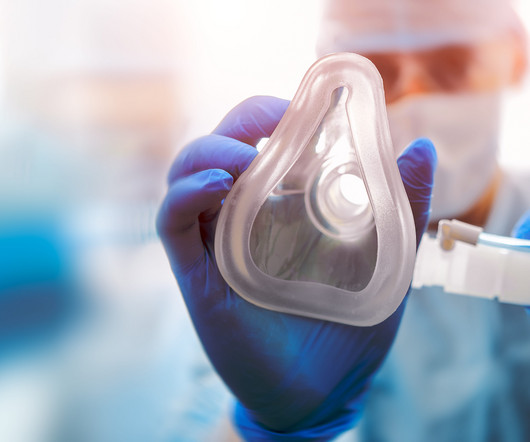CDC gives a nudge to hospitals on sepsis care
PulmCCM
SEPTEMBER 17, 2023
The Centers for Disease Control and Prevention formally called on hospitals to develop robust sepsis care programs to systematically identify and treat sepsis, track outcomes, and improve care delivery. ” What is that, a sepsis Stasi? Unlike strokes and STEMIs, sepsis has no gold standard for diagnosis.















































Let's personalize your content